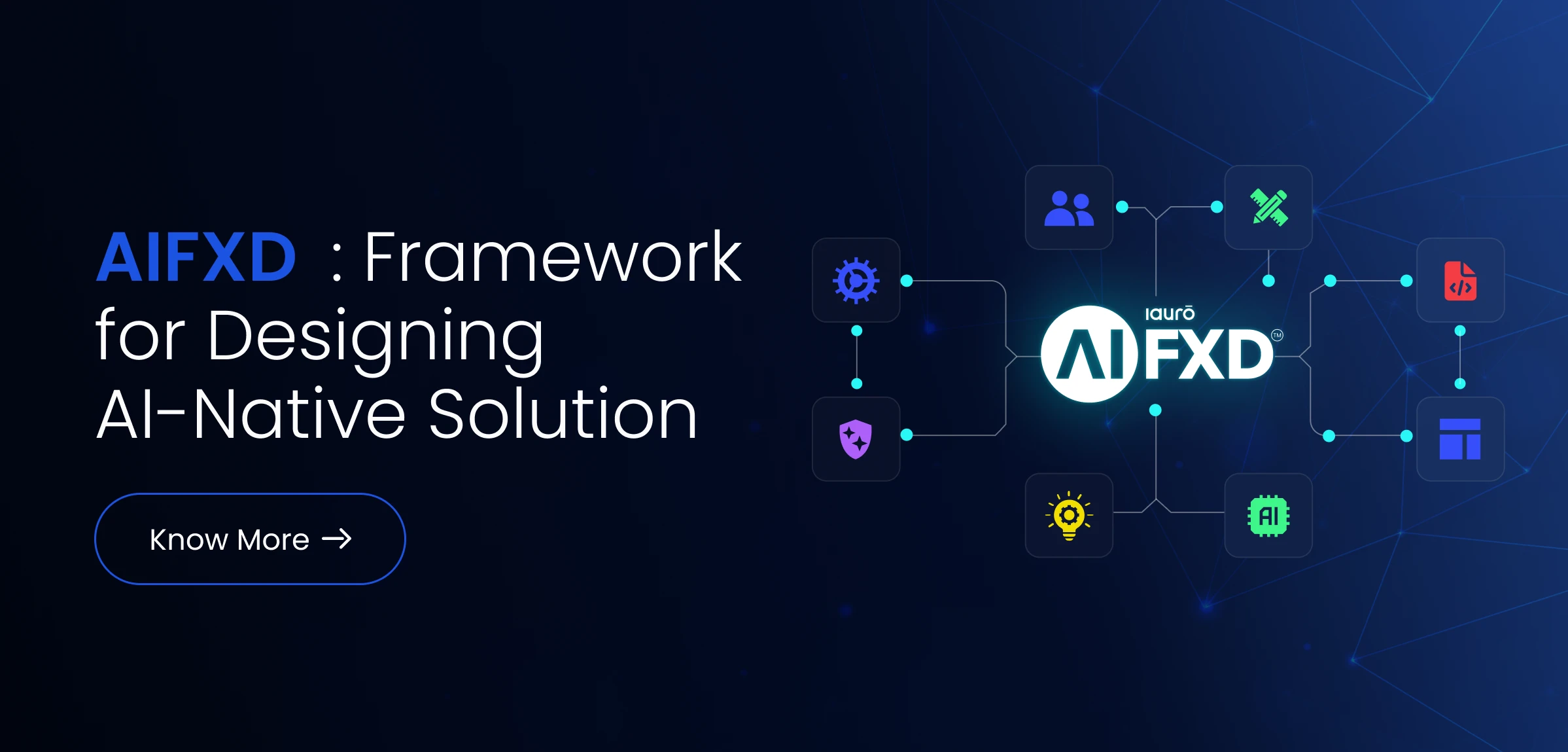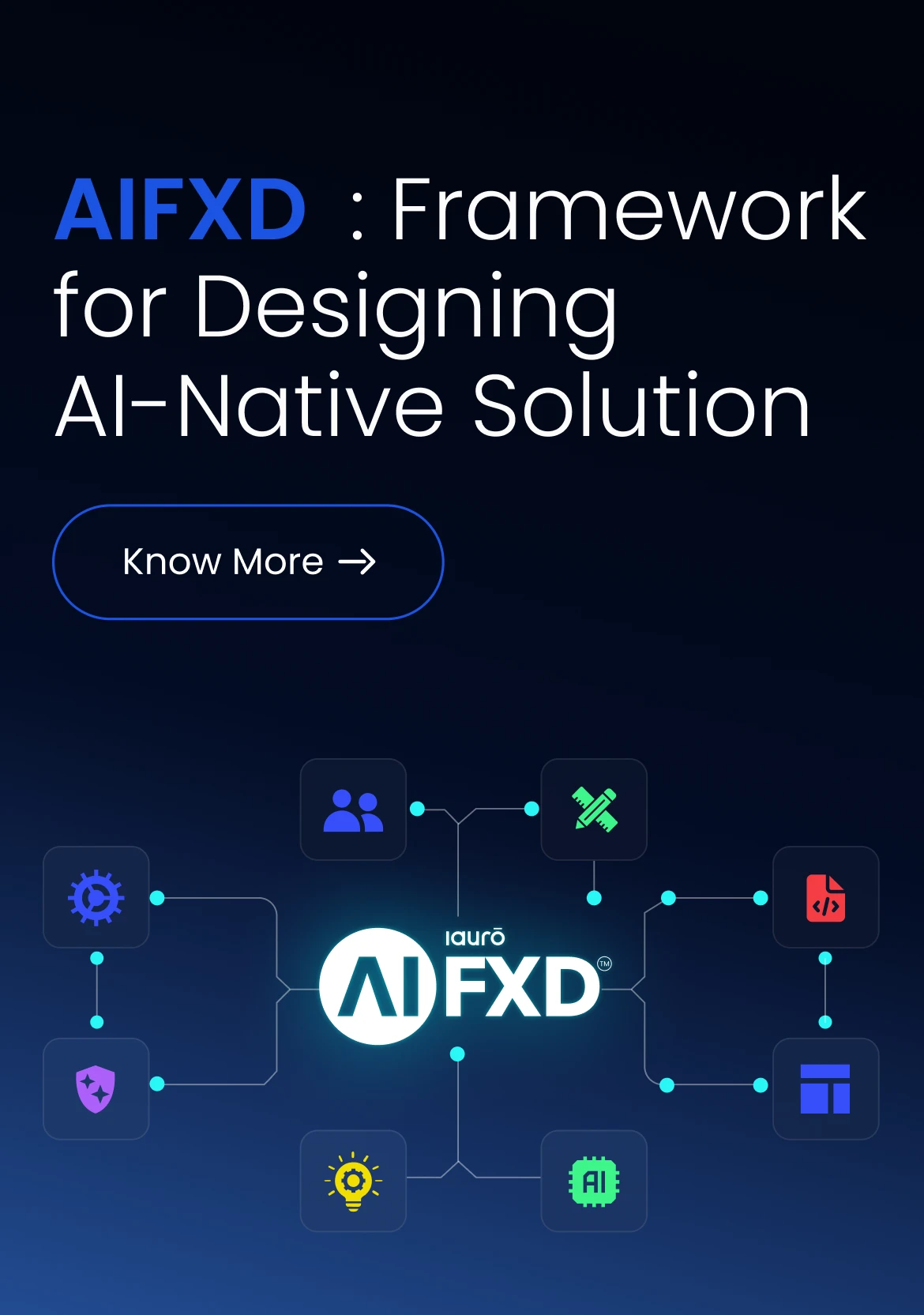Importance of Architecture Audits:
Common
Signs It's Time for an Architecture Audit

In the dynamic landscape of software development, maintaining a robust and efficient system architecture is crucial for sustained success. Architecture audits play a pivotal role in ensuring that your IT infrastructure remains aligned with business goals, industry standards, and evolving technological trends. This blog explores the significance of architecture audits, when they are necessary, and how they enhance scalability, performance, and risk mitigation.
Why and When Architecture Audits
Aging Systems:
Over time, software systems can become outdated, leading to performance issues and security vulnerabilities. Technology evolves rapidly, and systems built on older technologies may not be able to integrate with newer solutions or support modern functionalities. An architecture audit helps identify components that need modernization and ensures the system can continue to meet current and future business requirements effectively.
Scalability Challenges:
As businesses grow, their software systems must scale accordingly. An architecture audit evaluates the current system's ability to handle increased load and identifies areas that require improvements. This might involve optimizing existing resources, redesigning certain components, or adopting new technologies that support scalability. Ensuring that your system can grow with your business is crucial for maintaining performance and avoiding disruptions.
Security Concerns:
With increasing cyber threats, regular architecture audits help identify and mitigate security vulnerabilities. An audit assesses the system's security measures, such as authentication protocols, encryption methods, and access controls. By identifying weak points and recommending enhancements, an audit ensures that the system is protected against potential breaches and data leaks.
Performance Bottlenecks:
If your system is experiencing slow performance or frequent downtimes, it may indicate underlying issues in the architecture. An audit can uncover the root causes, such as inefficient algorithms, database design flaws, or inadequate resource allocation. By addressing these issues, an audit enhances system responsiveness and reliability, improving the overall user experience and operational efficiency.
Regulatory Compliance:
Ensuring compliance with industry regulations and standards is critical, especially in sectors like healthcare, finance, and government. An architecture audit verifies that your system adheres to necessary compliance requirements, such as data protection laws, security standards, and industry-specific regulations. This helps in avoiding legal penalties and maintaining customer trust.
Integration Issues:
Complex systems with multiple integrations can face compatibility and performance issues. As businesses adopt new tools and technologies, ensuring seamless integration becomes challenging. An architecture audit assesses these integrations and suggests optimizations to ensure smooth operation. This is crucial for maintaining system efficiency and avoiding disruptions caused by incompatible or poorly integrated components.
Aging Systems:
Over time, software systems can become outdated, leading to performance issues and security vulnerabilities. Technology evolves rapidly, and systems built on older technologies may not be able to integrate with newer solutions or support modern functionalities. An architecture audit helps identify components that need modernization and ensures the system can continue to meet current and future business requirements effectively.
Performance Bottlenecks:
If your system is experiencing slow performance or frequent downtimes, it may indicate underlying issues in the architecture. An audit can uncover the root causes, such as inefficient algorithms, database design flaws, or inadequate resource allocation. By addressing these issues, an audit enhances system responsiveness and reliability, improving the overall user experience and operational efficiency.
Scalability Challenges:
As businesses grow, their software systems must scale accordingly. An architecture audit evaluates the current system's ability to handle increased load and identifies areas that require improvements. This might involve optimizing existing resources, redesigning certain components, or adopting new technologies that support scalability. Ensuring that your system can grow with your business is crucial for maintaining performance and avoiding disruptions.
Regulatory Compliance:
Ensuring compliance with industry regulations and standards is critical, especially in sectors like healthcare, finance, and government. An architecture audit verifies that your system adheres to necessary compliance requirements, such as data protection laws, security standards, and industry-specific regulations. This helps in avoiding legal penalties and maintaining customer trust.
Security Concerns:
With increasing cyber threats, regular architecture audits help identify and mitigate security vulnerabilities. An audit assesses the system's security measures, such as authentication protocols, encryption methods, and access controls. By identifying weak points and recommending enhancements, an audit ensures that the system is protected against potential breaches and data leaks.
Integration Issues:
Complex systems with multiple integrations can face compatibility and performance issues. As businesses adopt new tools and technologies, ensuring seamless integration becomes challenging. An architecture audit assesses these integrations and suggests optimizations to ensure smooth operation. This is crucial for maintaining system efficiency and avoiding disruptions caused by incompatible or poorly integrated components.
Enhancing Scalability and Performance
Identifying Bottlenecks:
An audit identifies performance bottlenecks in the system, such as inefficient code, poor database design, or inadequate hardware resources. By pinpointing these issues, developers can make targeted improvements that enhance overall system responsiveness. This process often involves optimizing algorithms, refactoring code, and improving database queries.
Optimizing Resource Allocation:
It assesses the allocation of resources, ensuring that hardware and software resources are utilized effectively. For instance, it might reveal that certain processes are consuming excessive CPU or memory resources, leading to slowdowns. Optimizing these allocations can lead to significant cost savings and improved performance, as resources are used more efficiently.
Future-Proofing:
By evaluating the current architecture, an audit provides insights into necessary changes to support future growth. This involves identifying potential limitations in the current design and recommending architectural patterns that can scale seamlessly. Future-proofing your system ensures it can handle increased load, new features, and technological advancements without requiring major overhauls.
Improving Load Balancing:
Effective load balancing is crucial for handling increased user traffic. An audit reviews current load-balancing strategies and recommends enhancements to distribute workloads more efficiently. This might involve implementing more advanced load-balancing techniques, such as dynamic scaling, to ensure consistent performance even during peak usage times.
Identifying Bottlenecks:
An audit identifies performance bottlenecks in the system, such as inefficient code, poor database design, or inadequate hardware resources. By pinpointing these issues, developers can make targeted improvements that enhance overall system responsiveness. This process often involves optimizing algorithms, refactoring code, and improving database queries.
Optimizing Resource Allocation:
It assesses the allocation of resources, ensuring that hardware and software resources are utilized effectively. For instance, it might reveal that certain processes are consuming excessive CPU or memory resources, leading to slowdowns. Optimizing these allocations can lead to significant cost savings and improved performance, as resources are used more efficiently.
Future-Proofing:
By evaluating the current architecture, an audit provides insights into necessary changes to support future growth. This involves identifying potential limitations in the current design and recommending architectural patterns that can scale seamlessly. Future-proofing your system ensures it can handle increased load, new features, and technological advancements without requiring major overhauls.
Improving Load Balancing:
Effective load balancing is crucial for handling increased user traffic. An audit reviews current load-balancing strategies and recommends enhancements to distribute workloads more efficiently. This might involve implementing more advanced load-balancing techniques, such as dynamic scaling, to ensure consistent performance even during peak usage times.
Risk Mitigation and Impact Analysis
Architecture audits play a critical role in risk mitigation and impact analysis, helping businesses avoid costly errors and ensuring system reliability.
Identifying Risks:
An audit identifies potential risks in the system architecture, such as single points of failure, security vulnerabilities, and compliance gaps. Addressing these risks proactively prevents future issues. For example, identifying a single point of failure allows the implementation of redundancy measures to ensure system availability.
Impact Analysis:
Understanding the impact of changes to the system is essential. An audit provides a detailed analysis of how modifications will affect overall performance, security, and user experience. This helps in making informed decisions about updates and upgrades, ensuring that changes enhance the system without introducing new risks.
Preventing Downtime:
By identifying weaknesses and potential failure points, an audit helps in implementing strategies to prevent system downtimes. This includes recommendations for improving system reliability and disaster recovery plans, ensuring continuous business operations and minimizing the impact of any potential disruptions.
Cost Efficiency:
Addressing risks early through an audit can save substantial costs associated with fixing issues post-deployment. The cost of addressing a security breach or fixing a performance issue after it has affected users can be significantly higher than proactive risk mitigation. An audit helps in identifying these issues early, allowing for cost-effective solutions.
Identifying Risks:
An audit identifies potential risks in the system architecture, such as single points of failure, security vulnerabilities, and compliance gaps. Addressing these risks proactively prevents future issues. For example, identifying a single point of failure allows the implementation of redundancy measures to ensure system availability.
Impact Analysis:
Understanding the impact of changes to the system is essential. An audit provides a detailed analysis of how modifications will affect overall performance, security, and user experience. This helps in making informed decisions about updates and upgrades, ensuring that changes enhance the system without introducing new risks.
Preventing Downtime:
By identifying weaknesses and potential failure points, an audit helps in implementing strategies to prevent system downtimes. This includes recommendations for improving system reliability and disaster recovery plans, ensuring continuous business operations and minimizing the impact of any potential disruptions.
Cost Efficiency:
Addressing risks early through an audit can save substantial costs associated with fixing issues post-deployment. The cost of addressing a security breach or fixing a performance issue after it has affected users can be significantly higher than proactive risk mitigation. An audit helps in identifying these issues early, allowing for cost-effective solutions.
Initial Assessment:
Gathering comprehensive information about the existing architecture, including system design, components, integrations, and performance metrics. This involves understanding the business goals, technical requirements, and current challenges.
Standards and Best Practices:
Evaluating the architecture against industry standards and best practices to identify areas for improvement. This might include benchmarking against successful implementations and adhering to architectural principles such as modularity, scalability, and maintainability.
Code Review:
Conducting a detailed code review to ensure code quality, maintainability, and adherence to coding standards. This involves examining the codebase for issues such as code smells, technical debt, and inefficient algorithms, and recommending refactoring where necessary.
Performance Testing:
Performing rigorous performance testing to identify and address bottlenecks and optimize system performance. This includes load testing, stress testing, and performance profiling to ensure the system can handle expected and peak loads effectively.
Security Evaluation:
Assessing the system's security measures to identify vulnerabilities and recommend enhancements. This involves conducting security audits, penetration testing, and reviewing security policies to ensure robust protection against threats.
Compliance Check:
Verifying compliance with relevant regulations and industry standards to avoid legal repercussions. This includes checking for adherence to data protection laws, industry-specific regulations, and organizational policies.
Recommendations:
Providing actionable recommendations for improving architecture, code quality, performance, and security. These recommendations should be prioritized based on their impact and feasibility, ensuring that critical issues are addressed promptly.
Implementation Plan:
Developing a detailed plan for implementing the recommended changes, including timelines, resource allocation, and risk management strategies. This plan should outline the steps for making the necessary improvements and include a roadmap for continuous monitoring and future audits.
In the ever-evolving field of custom software development, architecture audits are indispensable for ensuring system robustness, performance, and security. They help businesses identify and mitigate risks, enhance scalability, and maintain compliance with industry standards. By investing in regular architecture audits, organizations can ensure their software systems remain efficient, secure, and aligned with their business goals, ultimately leading to sustained success and competitive advantage.
For CXOs, CTOs, CEOs, and founders, understanding the importance of architecture audits and implementing a structured framework for conducting them is crucial in maintaining a resilient and future-proof IT infrastructure.
Framework for Architecture and Code Assessment
A structured framework for conducting architecture and code assessments ensures a thorough and effective audit process. Key components of this framework include:
Initial Assessment:
Gathering comprehensive information about the existing architecture, including system design, components, integrations, and performance metrics. This involves understanding the business goals, technical requirements, and current challenges.
Code Review:
Conducting a detailed code review to ensure code quality, maintainability, and adherence to coding standards. This involves examining the codebase for issues such as code smells, technical debt, and inefficient algorithms, and recommending refactoring where necessary.
Security Evaluation:
Assessing the system's security measures to identify vulnerabilities and recommend enhancements. This involves conducting security audits, penetration testing, and reviewing security policies to ensure robust protection against threats.
Recommendations:
Providing actionable recommendations for improving architecture, code quality, performance, and security. These recommendations should be prioritized based on their impact and feasibility, ensuring that critical issues are addressed promptly.
Standards and Best Practices:
Evaluating the architecture against industry standards and best practices to identify areas for improvement. This might include benchmarking against successful implementations and adhering to architectural principles such as modularity, scalability, and maintainability.
Performance Testing:
Performing rigorous performance testing to identify and address bottlenecks and optimize system performance. This includes load testing, stress testing, and performance profiling to ensure the system can handle expected and peak loads effectively.
Compliance Check:
Verifying compliance with relevant regulations and industry standards to avoid legal repercussions. This includes checking for adherence to data protection laws, industry-specific regulations, and organizational policies.
Implementation Plan:
Developing a detailed plan for implementing the recommended changes, including timelines, resource allocation, and risk management strategies. This plan should outline the steps for making the necessary improvements and include a roadmap for continuous monitoring and future audits.
Conclusion
For CXOs, CTOs, CEOs, and founders, understanding the importance of architecture audits and implementing a structured framework for conducting them is crucial in maintaining a resilient and future-proof IT infrastructure.

